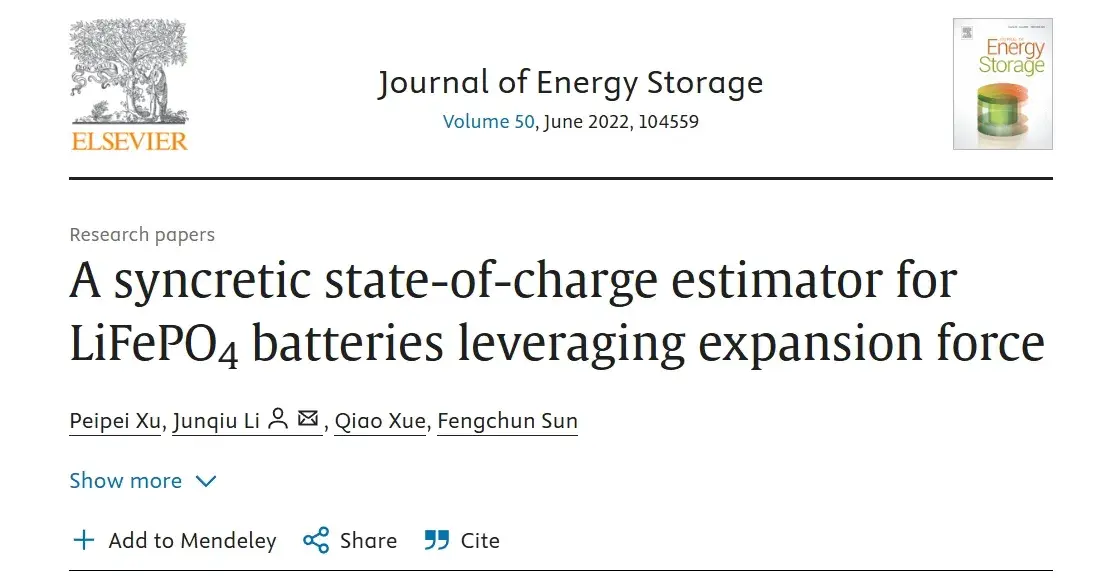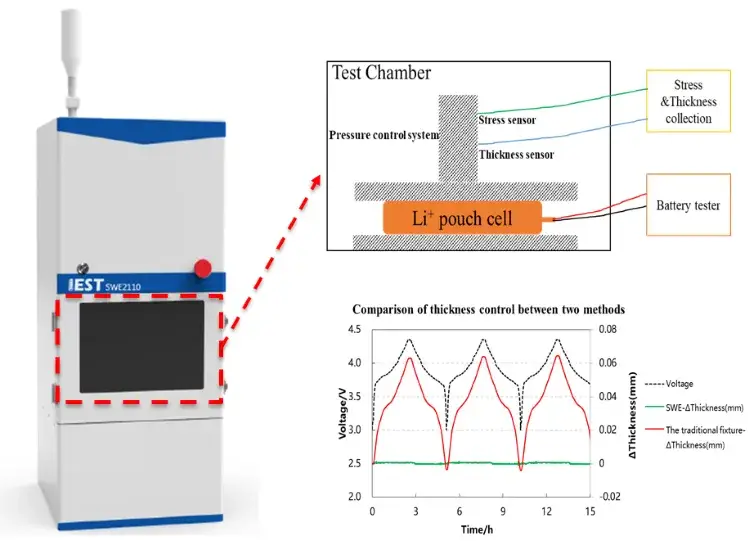-
iestinstrument
A Novel SOC Estimation Method for LiFePO4 Batteries Using Expansion Force
1. Introduction
Accurate state-of-charge (SOC) estimation is critical for the performance and safety of lithium-ion batteries, particularly LiFePO4 (LFP) cells, which exhibit a flat voltage plateau that challenges traditional voltage-based SOC estimation methods. In a groundbreaking 2022 study, Dr. Peipei Xu and her team from Beijing University of Science and Technology proposed a novel method using expansion force to estimate LiFePO4 SOC with high precision. This article summarizes their methodology, and the significant implications for battery management systems (BMS).
2. Challenges in LiFePO4 SOC Estimation
A novel method estimates LiFePO4 SOC (state-of-charge) from in-situ expansion force measurements. Using Least-Squares Support Vector Machine (LSSVM) to model the non-monotonic relationship between expansion force and SOC, combined with an Adaptive Unscented Kalman Filter (AUKF) for online correction, the method attains prediction errors of roughly 0.54%–1% across varied temperatures, current dynamics, and preload conditions. This technique provides a robust alternative or supplement to voltage-based SOC estimation methods for LFP cells—especially in operating windows where voltage is flat.
3. Experimental Setup & Test Scheme
3.1 The LiFePO4 batteries used in this experiment is shown in the following table 1
Table 1. LiFePO4 batteries Information
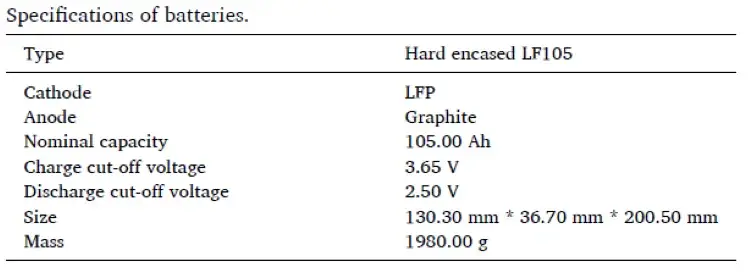
3.2 Test Equipment
The researchers used a LiFePO4 battery and specialized equipment including:
-
Battery cycler (CT-8002-5V100A-NTFA)
The IEST-SWE2100 accurately measured thickness and force changes during cycling under controlled temperature and mechanical constraints.
3.3 Test conditions
-
Quasi-static low-rate (1/25 C) charging to reveal fine expansion/voltage trends.
-
Two dynamic drive cycles (NEDC, DST) at different preloads (15 kg, 30 kg) and ambient temperatures (25 °C, 45 °C).
-
Synchronized acquisition of force, current, voltage and temperature.
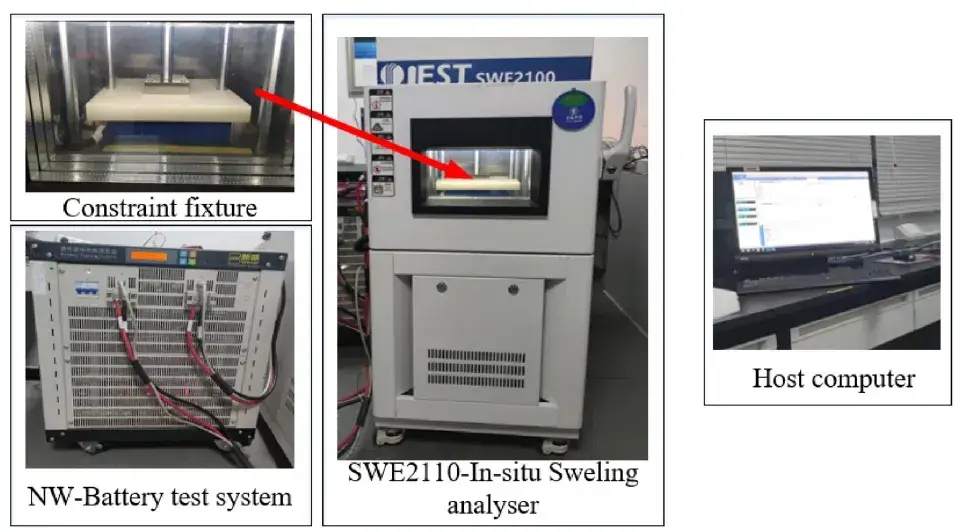
Figure 1. Expansion force test instrument: IEST SWE2100
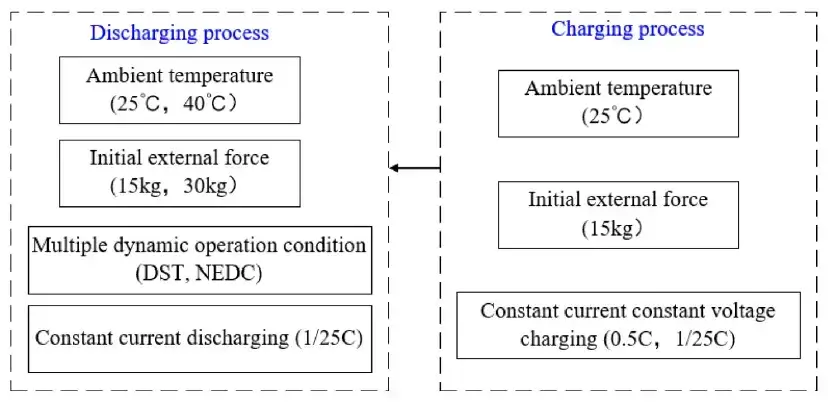
Figure 2. Battery Test Process
4. Result Analysis
Figure 3 shows the voltage curve and expansion force change curve obtained at 1/25C magnification. It can be clearly seen from the figure that there is a voltage plateau in the voltage curve at 27%~94% SOC. At this time, the voltage change is only 0.07V. However, the expansion force change in this range is very obvious. The expansion force change in this stage is mainly caused by the phase transition of cathode graphite from LiC12 to LiC6, indicating that it is very promising to use expansion force to estimate SOC, However, it is also seen that the change of expansion force in this range is non monotonic, so it will also challenge the accuracy of prediction.
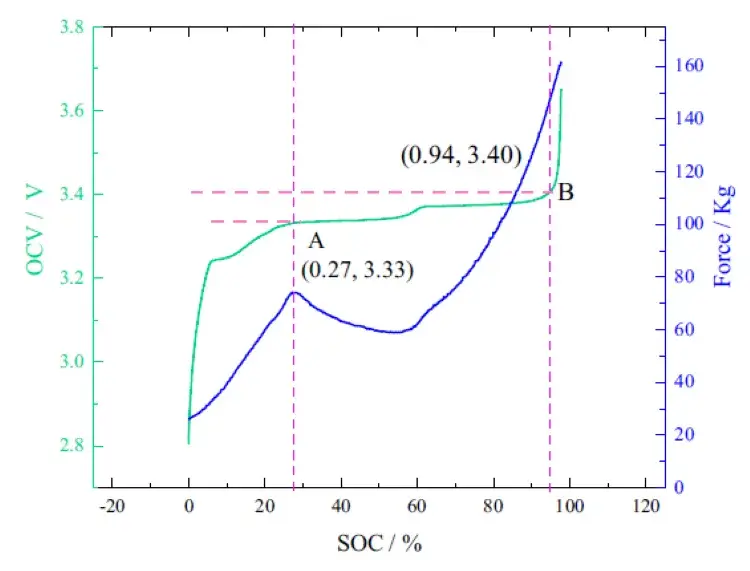
Figure 3. Variation of voltage and expansion force with LiFePO4 SOC under quasi-static conditions
In order to verify the SOC prediction model, expansion force experiments were carried out under two dynamic conditions (NEDC and DST) with different preloads (15kg and 30kg) and different test temperatures (25 ℃ and 45 ℃). As shown in Figure 4, the results show that there is still an obvious voltage platform at 20%~90% SOC, and the change trend of the expansion force is similar to that under the constant current charging mode, indicating that the expansion force is not sensitive to the dynamic change of the current, but is very sensitive to the change of SOC. This is mainly because the voltage depends on the change of the ion concentration on the electrode surface, and the expansion force is the change of the ion concentration of the electrode body phase. In addition, the expansion force of the battery will increase significantly with the increase of the preload, so we should focus on the size of the preload in the design of the battery module.
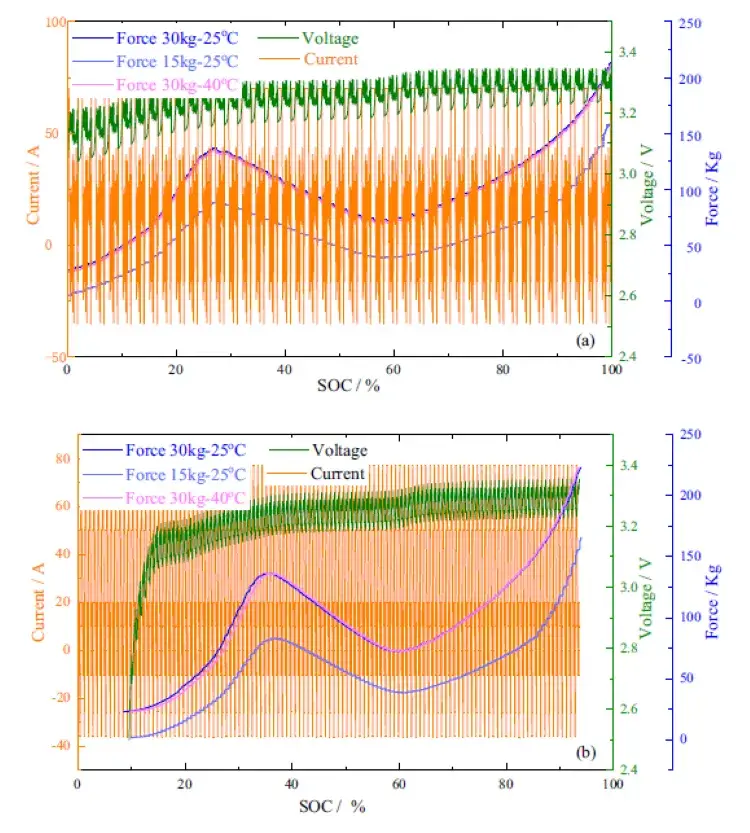
Figure 4. Swelling force and current voltage curve under NEDC and DST cycle conditions
The team developed a machine learning-based model using Least Squares Support Vector Machine (LSSVM) to capture the nonlinear relationship between expansion force and SOC. This was combined with an Adaptive Unscented Kalman Filter (AUKF) to improve accuracy and adaptability in real-time applications. The flow of the algorithm is shown in Figure 5.
This approach achieved remarkable estimation errors between 0.54% and 1% across temperatures, dynamic loads, and mechanical preconditions—a significant improvement over voltage-based methods.

Figure 5. Flow chart of SOC estimation based on AUKF and LSSVM
5. Future Directions
-
Extend the method to other chemistries where mechanical strain correlates with SOC (e.g., silicon-augmented anodes).
-
Incorporate SOH estimation jointly with SOC by augmenting the state vector in AUKF to track aging parameters that modulate the force–SOC mapping.
-
Evaluate long-term drift and model transferability between cell manufacturers, formats, and pack geometries.
6. Summary
In this paper, the author introduces a new method to estimate the LiFePO4 SOC by using expansion force. Based on LSSVM and AUKF algorithm, the estimation error can be less than 1%, and it is applicable to different operating conditions of temperature, dynamic current and preload. In the future, this method is expected to be extended to other battery systems, and it can also further establish SOC prediction models for batteries under different SOH and low temperature conditions.
7. Original Paper
8. Recommended Test Equipment of IEST
SWE series in-situ expansion analysis system (IEST): Using a highly stable and reliable automation platform, equipped with high-precision thickness measurement sensors, it can measure the thickness change and change rate of the entire charge discharge process of the electric core, and can achieve the following functions:
- Test the battery swelling thickness curve under constant pressure.
- Test the battery swelling force curve under the condition of constant gap.
- Battery compression performance test: stress-strain curve compression modulus.
- Step by step test of battery expansion force.
- Different temperature control: – 20~80 ℃.
Contact Us
If you are interested in our products and want to know more details, please leave a message here, we will reply you as soon as we can.


